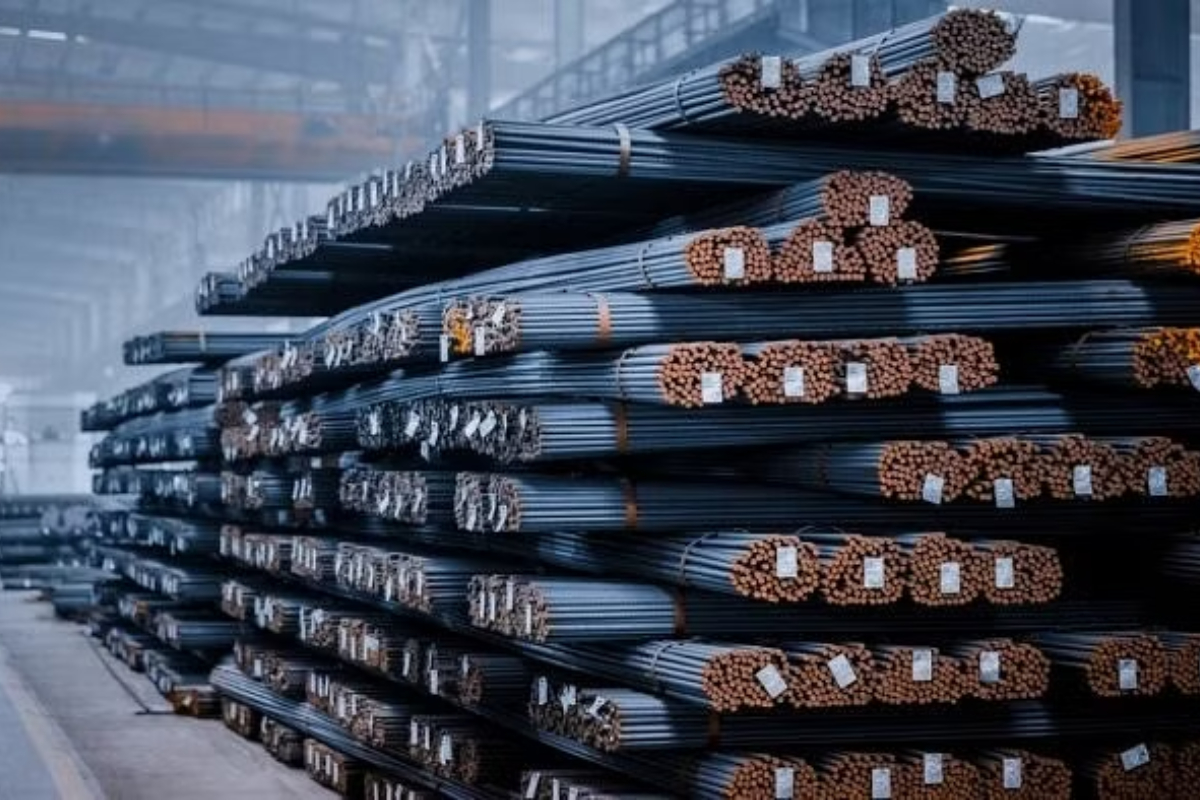India is set to announce a formula for defining “green steel” by mid-December and is also working on government procurement plans for decarbonized steel, according to a government source familiar with the matter.
Green steel refers to steel produced through methods that drastically reduce greenhouse gas emissions and environmental impact. Traditional steel production is a significant contributor to global carbon emissions, responsible for around 7-9% of total emissions.
Green steel production methods include:
- Hydrogen reduction: Using hydrogen instead of coal or natural gas to reduce iron ore, eliminating carbon emissions.
- Electric arc furnaces: Using electricity from renewable sources to power furnaces, reducing dependence on fossil fuels.
- Carbon capture and storage: Implementing technologies to capture CO2 emissions from steel production and store them underground.
- Recycling: Increasing the use of recycled steel to reduce the need for primary steel production.
- Biomass-based steel production: Using biomass (e.g., waste wood) as a reducing agent instead of coal or natural gas.
The benefits of green steel include:
– Reduced carbon footprint
– Lower environmental impact
– Improved energy efficiency
– Enhanced brand reputation
– Compliance with increasingly stringent environmental regulations

















